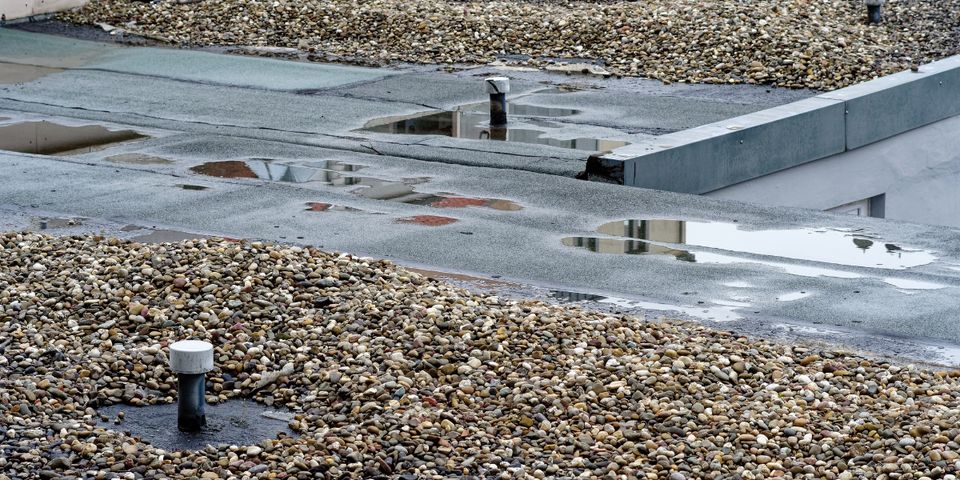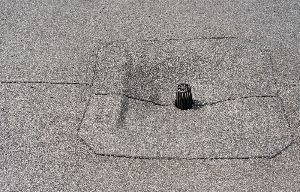What to Know About Standing Water on Flat Commercial Roofs

Flat roofs are among the most economical and efficient roofing designs in use today, increasingly popular in both commercial and residential construction. While they offer a range of advantages, including eco-friendliness and affordability, they also come with a unique set of risks, such as the collection of standing water due to condensation or following periods of rain. To understand more about this problem and its causes, have a look at the informative guide below.
How Standing Water Threatens Flat Roofing
Small pools of water on a roof typically evaporate under sunlight and pose little danger to its long-term durability. Frequent or sustained pooling, however, can cause a roof to sag and destabilize, thus raising the eventual risk of collapse. Stagnant water is also a welcoming environment for algae, mildew, mold, and mosquitoes and other pests. These can penetrate a roof and endanger the health of building occupants, particularly those with mold allergies.
Water will also degrade building materials such as wooden support members and natural slate tiles, shortening the lifespan of your roofing and the building below it if it leaks through the roof. Unaddressed standing water can therefore force you to invest in premature roof replacement and emergency repairs.
Causes of Standing Water

Flat roofs usually collect pools of water due to poor construction, damaged insulation, and inadequate drainage systems. To effectively shed water, flat roofing should be built at a slight grade of at least 1:80 and ideally about 1:40. This means that for every 80 or 40 inches of length, the roof should rise at least one inch. If the roof is built perfectly level or at too shallow a gradient, water can gather on its surface.
Gradients are typically equipped with drainage systems such as gutters, roof drains, and scuppers, which are openings around the rim of the roof which empty into downspouts. If these systems are absent, improperly installed, or clogged with debris, water won’t be able to drain off.
A third issue is compressed or saturated insulation. When heavy roofing materials are laid over fiberglass insulation, they can compact the fibers, reducing the insulation’s ability to regulate indoor temperatures. If insulation becomes saturated due to roof leaks, it can degrade or even dissolve. In either case, the insulation will draw away from the roof and create a void into which roofing materials will sink, creating a depression in which pools of standing water can form.
When issues like standing water affect flat roofs in the Montezuma, GA, area, local business owners can count on Yoder’s Roofing Co. to offer swift, dependable repairs. With more than three decades of experience, these roofing contractors understand the many factors that can compromise commercial roofing and offer effective solutions to counter them. They also offer roof replacement and installation services when your roofing has reached the end of its life. Call (866) 560-7663 to request a free quote today, and visit them online to learn more about their services.
About the Business
Have a question? Ask the experts!
Send your question

